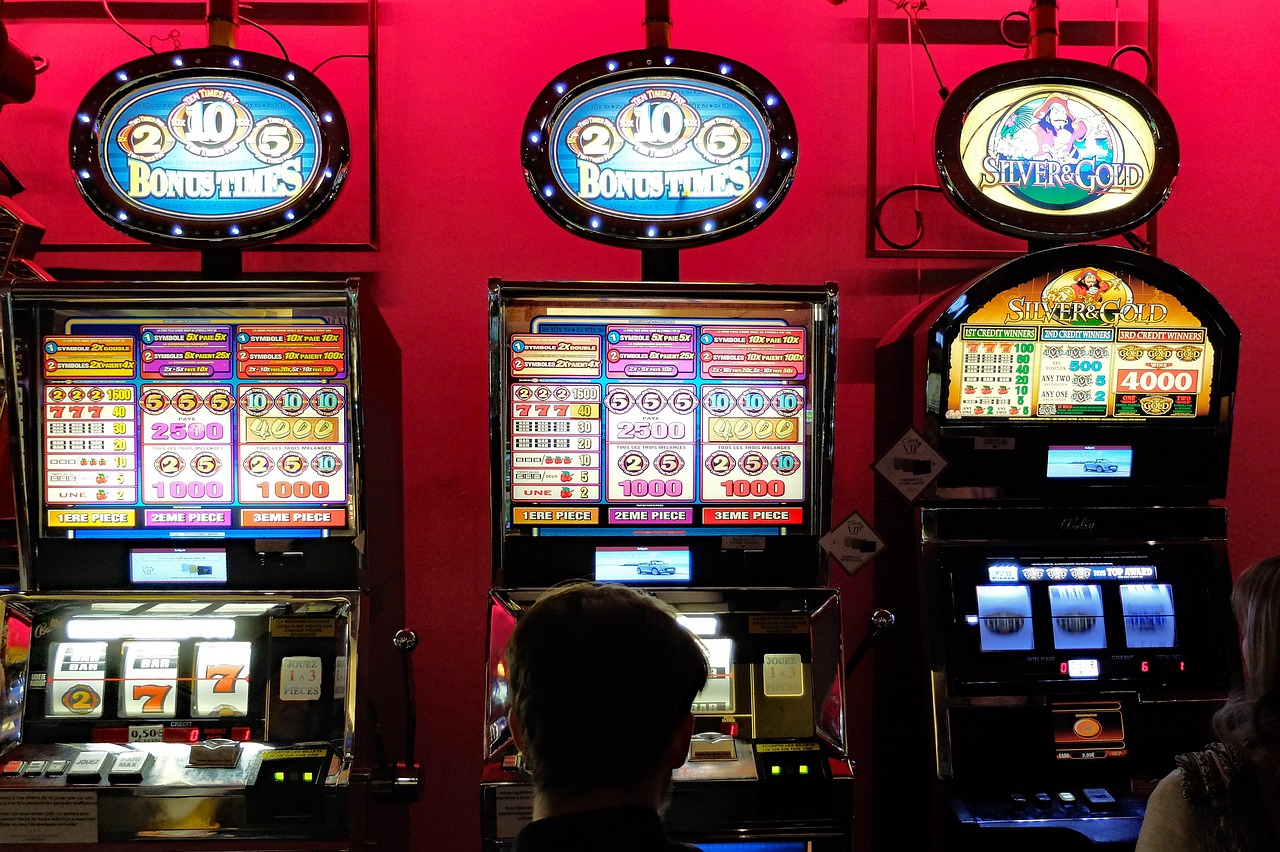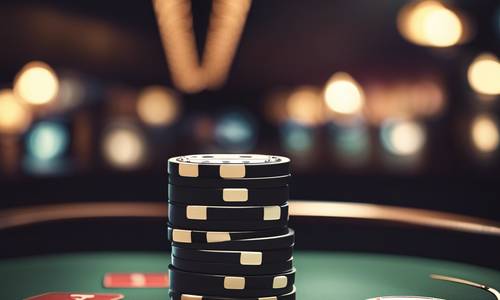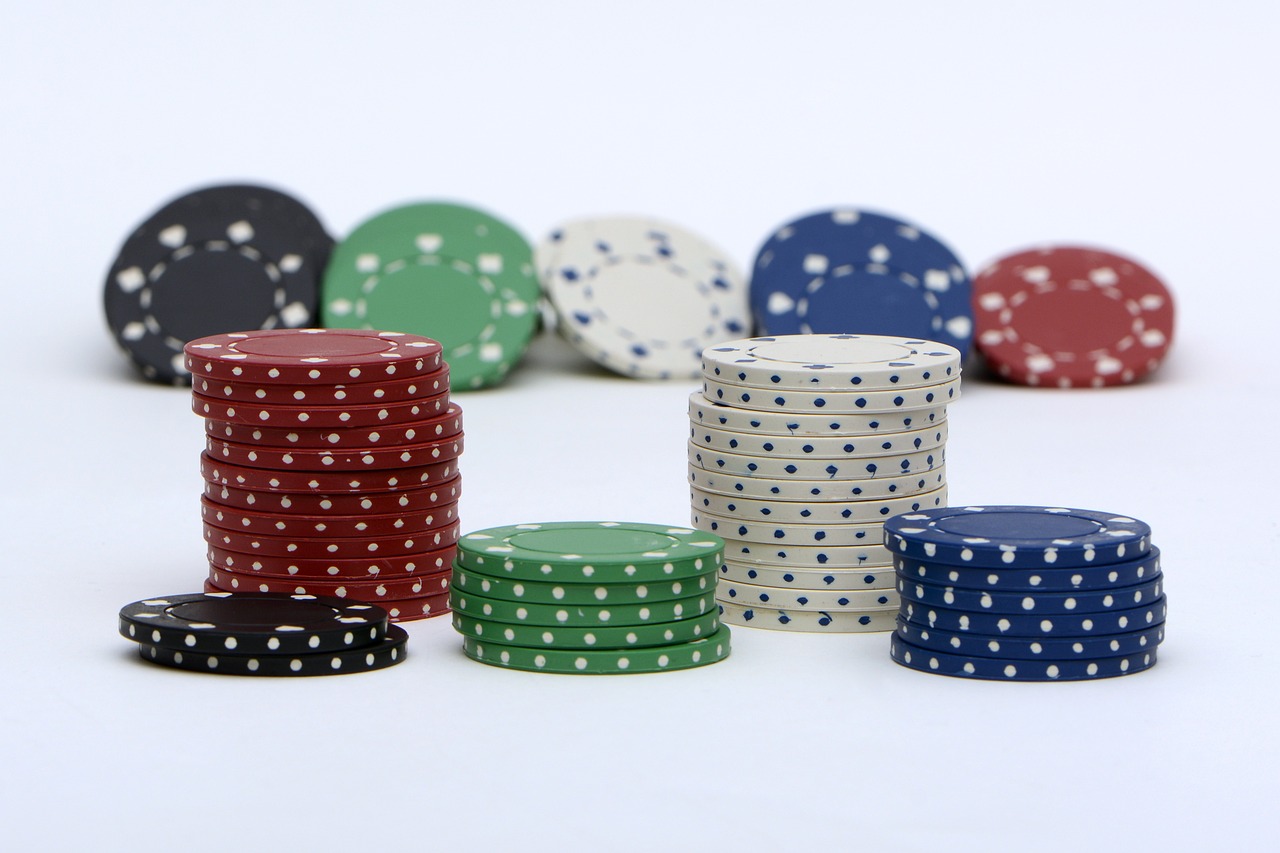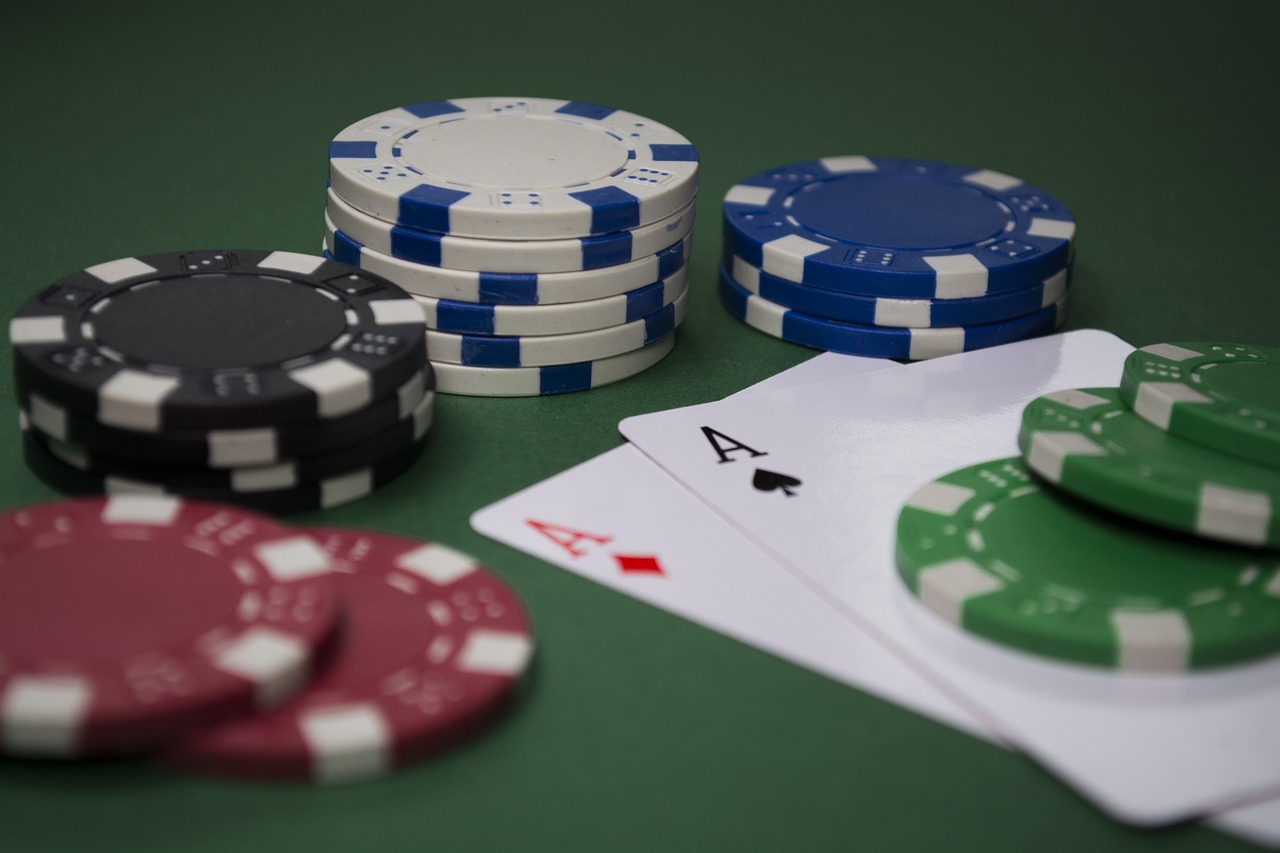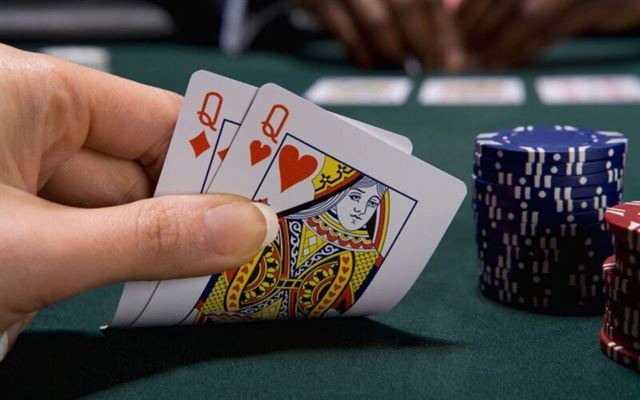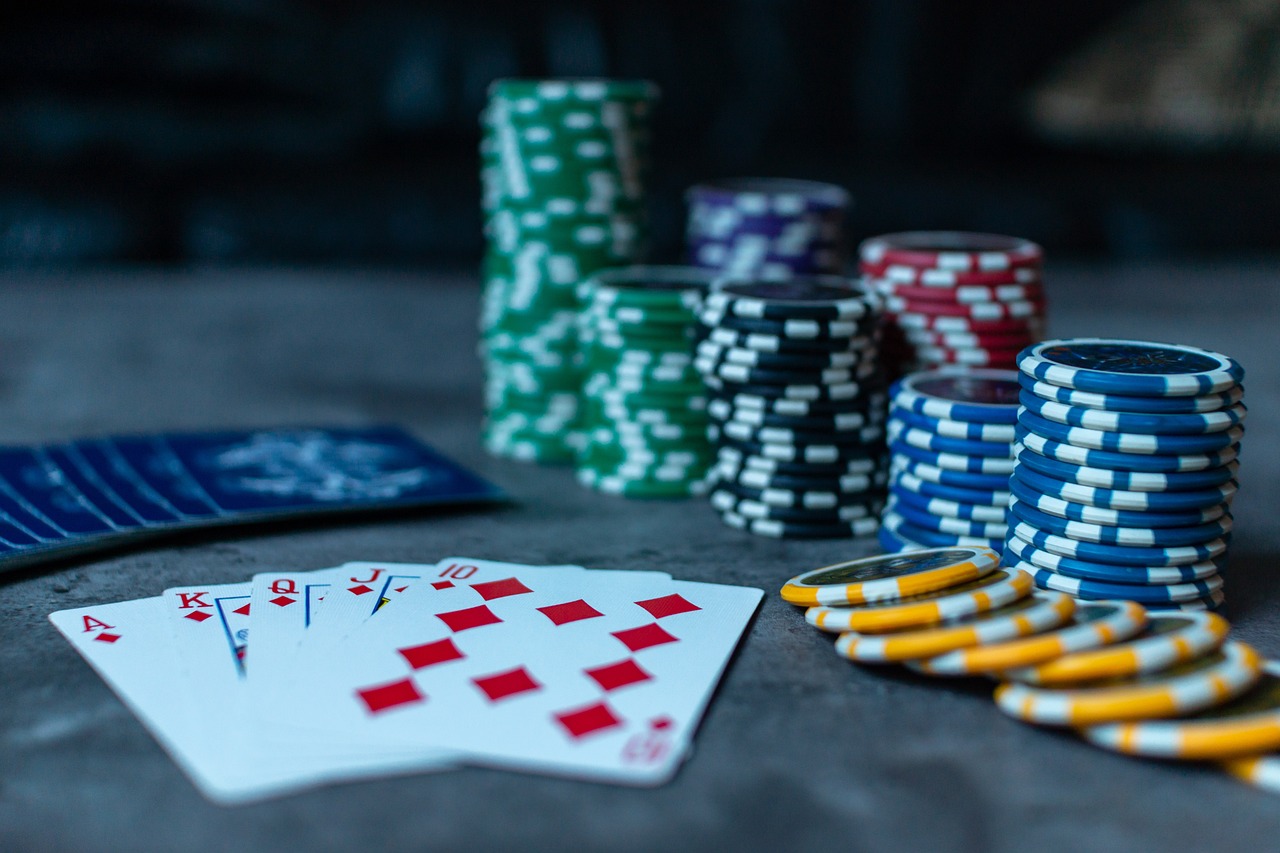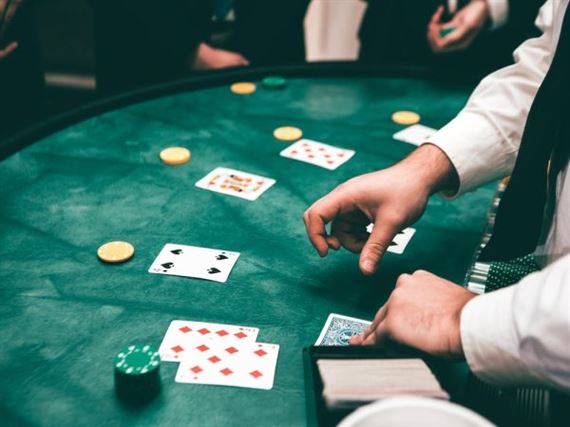Slot machines have become a popular form of entertainment in casinos worldwide. With their flashing lights, enticing sounds, and the promise of big winnings, it’s no wonder that many people find themselves drawn to these games. But what is it about slot machines that captivates us? This article explores the psychology behind our love for slot machines, shedding light on the factors that make them so appealing to players.
The Impact of Casino Environments on Slot Machine Players
One of the key elements of a casino environment is the use of bright lights and vibrant colors. These visual stimuli are strategically placed to grab our attention and create a sense of excitement. The flashing lights and colorful graphics on slot machines are specifically designed to trigger our brain’s reward system, releasing dopamine and creating a pleasurable sensation. This sensory overload keeps us coming back for more, as we chase that elusive jackpot.
In addition to the visual stimuli, the sounds in a casino are carefully curated to enhance the overall experience. The constant jingling of coins, the clinking of glasses, and the chatter of other players all contribute to the lively atmosphere. These sounds create a sense of anticipation and excitement, making us feel like we are part of something bigger. The rhythmic sound of the reels spinning and the triumphant music that accompanies a win further reinforce the pleasurable experience of playing slot machines.
Furthermore, the layout of a casino is designed to keep players engaged and encourage them to keep playing. Slot machines are strategically placed in high-traffic areas, ensuring that they are easily accessible and visible to all patrons. This placement increases the likelihood of someone stopping to play, as they are constantly reminded of the potential rewards. Additionally, casinos often have a maze-like layout, with winding paths and hidden corners. This deliberate design choice is intended to keep players exploring and discovering new machines, prolonging their stay and increasing their chances of playing more.
Another factor that contributes to the allure of slot machines is the social aspect of casinos. People are naturally drawn to social environments, and casinos provide the perfect setting for social interaction. Whether it’s chatting with other players at the slot machines or engaging in friendly banter with the dealer at a table game, the social aspect of casinos adds an extra layer of enjoyment. This social interaction not only enhances the overall experience but also creates a sense of belonging and camaraderie among players.
Lastly, the availability of complimentary drinks and snacks in casinos adds to the overall appeal. These free offerings create a sense of generosity and hospitality, making players feel valued and appreciated. The provision of these amenities also helps to keep players in the casino for longer periods, as they are less likely to leave in search of food or refreshments. This, in turn, increases the amount of time and money spent on slot machines.
The Role of Cognitive Biases in Slot Machine Addiction
Cognitive biases are mental shortcuts that our brains use to make decisions quickly and efficiently. They are a natural part of human thinking, but they can also lead us astray. In the context of slot machines, cognitive biases can cause us to develop an addiction to the game.
One of the most common cognitive biases at play in slot machine addiction is the gambler’s fallacy. This bias leads us to believe that if a certain outcome has not occurred for a while, it is more likely to happen in the future. For example, if we have been playing a slot machine for hours without winning, we may start to believe that a big win is just around the corner. This belief keeps us playing, even when the odds are stacked against us.
Another cognitive bias that contributes to slot machine addiction is the illusion of control. This bias leads us to believe that we have more control over the outcome of a game than we actually do. Slot machines are designed to give us the illusion of control by allowing us to choose when to spin the reels or when to stop them. This illusion makes us feel like we are in control of our fate, even though the outcome is determined by a random number generator.
The availability heuristic is another cognitive bias that plays a role in slot machine addiction. This bias leads us to overestimate the likelihood of an event based on how easily we can recall similar events. In the context of slot machines, this means that when we see others winning or hear stories of big wins, we are more likely to believe that we will also win. This bias keeps us playing, even when we are losing money.
The sunk cost fallacy is yet another cognitive bias that contributes to slot machine addiction. This bias leads us to continue investing in something, even when it is no longer rational to do so, because we have already invested so much. In the context of slot machines, this means that even when we are losing money, we continue to play because we have already spent so much time and money on the game. We convince ourselves that if we just keep playing, we will eventually win back our losses.
Understanding the role of cognitive biases in slot machine addiction is crucial for developing effective strategies to combat it. By recognizing these biases and the ways in which they influence our behavior, we can begin to take steps to overcome our addiction. This may involve setting limits on our gambling, seeking support from friends and family, or even seeking professional help.
The Influence of Sound and Visual Effects on Slot Machine Players
Sound plays a crucial role in the appeal of slot machines. The jingling of coins, the whirring of the reels, and the celebratory music that accompanies a win all contribute to the excitement and anticipation felt by players. These sounds are carefully designed to trigger a release of dopamine in the brain, a neurotransmitter associated with pleasure and reward. The repetitive nature of the sounds also creates a rhythm that can be hypnotic, drawing players into a state of focused attention.
In addition to sound, visual effects are another powerful tool used by slot machine designers. The flashing lights, vibrant colors, and animated graphics all serve to capture the attention of players and create a visually stimulating environment. These visual cues are carefully crafted to enhance the overall experience and make the game more engaging. For example, the use of bright colors and bold designs can create a sense of excitement and energy, while the inclusion of familiar symbols and themes can evoke a sense of nostalgia or familiarity.
The combination of sound and visual effects is not a random occurrence but a deliberate strategy employed by casinos to keep players engaged and entertained. Research has shown that the use of these sensory stimuli can increase the time and money spent on slot machines. In fact, studies have found that players tend to overestimate the number of wins they have had when exposed to these effects, leading them to continue playing in the hopes of achieving more victories.
Furthermore, the influence of sound and visual effects extends beyond the immediate experience of playing the game. The sights and sounds associated with slot machines can become deeply ingrained in our memory and can be triggered by external cues. For example, the sound of coins clinking together or the sight of flashing lights can evoke a sense of excitement and anticipation, even when we are not in a casino. This conditioning effect can lead to cravings and a desire to seek out the source of these pleasurable sensations, driving individuals to return to the slot machines time and time again.
It is important to note that the influence of sound and visual effects on slot machine players is not without controversy. Critics argue that these tactics exploit the vulnerabilities of individuals, particularly those who may be prone to addictive behaviors. The immersive nature of the experience, combined with the potential for large financial rewards, can create a dangerous combination for some individuals.
The Psychology of Near Misses in Slot Machine Gambling
One reason why near misses are so powerful is that they create a sense of hope and anticipation. When we see the symbols on the reels align in a way that is close to a win, our brains release a surge of dopamine, a neurotransmitter associated with pleasure and reward. This dopamine release makes us feel excited and motivated to keep playing, as we believe that a win is just within reach.
In addition to creating a sense of hope, near misses also tap into our innate desire for control. Slot machines are games of chance, and we have no control over the outcome of each spin. However, near misses give us the illusion of control. We feel like we were so close to winning, and if we just try again, we might be able to make it happen. This illusion of control is incredibly powerful and can keep us playing for hours on end.
Furthermore, near misses can also lead to a phenomenon known as the “reinforcement effect.” This effect occurs when near misses are rewarded with small payouts or other positive feedback. For example, a near miss might trigger flashing lights and celebratory sounds, making us feel like we were almost there. These small rewards reinforce the behavior of playing the slot machine, making us more likely to continue playing in the hopes of experiencing that near win again.
Interestingly, research has shown that near misses can be even more motivating than actual wins. In a study conducted by researchers at the University of Waterloo, participants were asked to play a slot machine game while their brain activity was monitored. The results showed that near misses activated the same brain regions as actual wins, suggesting that they are just as rewarding, if not more so, than winning itself.
The psychology of near misses in slot machine gambling has important implications for both players and the industry. For players, understanding the power of near misses can help them make more informed decisions about their gambling habits. It can also help them recognize when they are being manipulated by the design of the game and take steps to protect themselves from excessive gambling.
For the industry, understanding the psychology of near misses can inform the design of slot machines. By strategically placing near misses and using other psychological techniques, casinos can create an environment that keeps players engaged and coming back for more. However, it is important to strike a balance between creating an enjoyable experience and promoting responsible gambling.
In conclusion, the psychology of near misses in slot machine gambling is a complex and intriguing topic. Near misses create a sense of hope and anticipation, tap into our desire for control, and can be even more motivating than actual wins. Understanding the power of near misses can help both players and the industry make more informed decisions about gambling.


